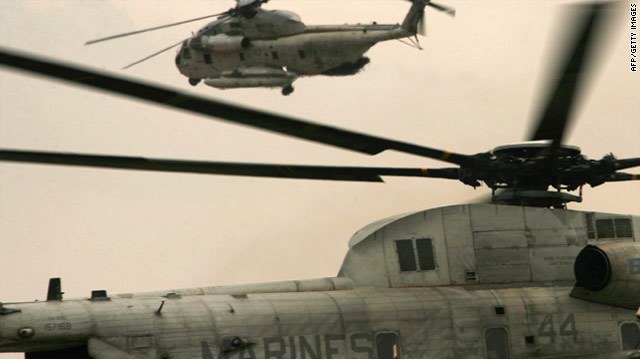British forces clearing and paving the way for the U.S. Marines and their Afghan partners to enter the city and claim it for the Afghan government.
This is expected to be the largest show of international and Afghan force working together in order to shape, clear, hold and build.
But the challenges are abundant and the fear is that by announcing the impending battle, the Taliban have had plenty of time to booby trap the area with improvised explosive devices (IEDs) and other deadly surprises.
The number one killer of coalition forces are IEDs. And in Helmand, more than 80 percent of casualties among the troops are because of IED attacks.
The coalition says that they are preparing for a bloody battle and boosting its hospital staff in nearby Camp Bastion.
“The IEDs are getting more powerful, they’re getting harder to detect. And they’re just getting more forceful,” says U.S. Navy doctor, Lt. Commander Gregg Gellman.
Marjah is the last major Taliban stronghold in Helmand province. The city encompasses around 100,000 people and holds some of the richest farmlands in Afghanistan.
Capturing the city would be an example of the strategy by Gen. Stanley McChrystal (commander of International Security Assistance Force) to focus on population centers and separate the people from the Taliban and then try to gain their trust.
Marjah’s fertile land is ripe for farming poppies and its absence of governance keeps the drug trade alive and strong.
A shadow Taliban government also presides in the city and those who come in and out are forced to pay a tax to the Taliban at various checkpoints surrounding the city.
